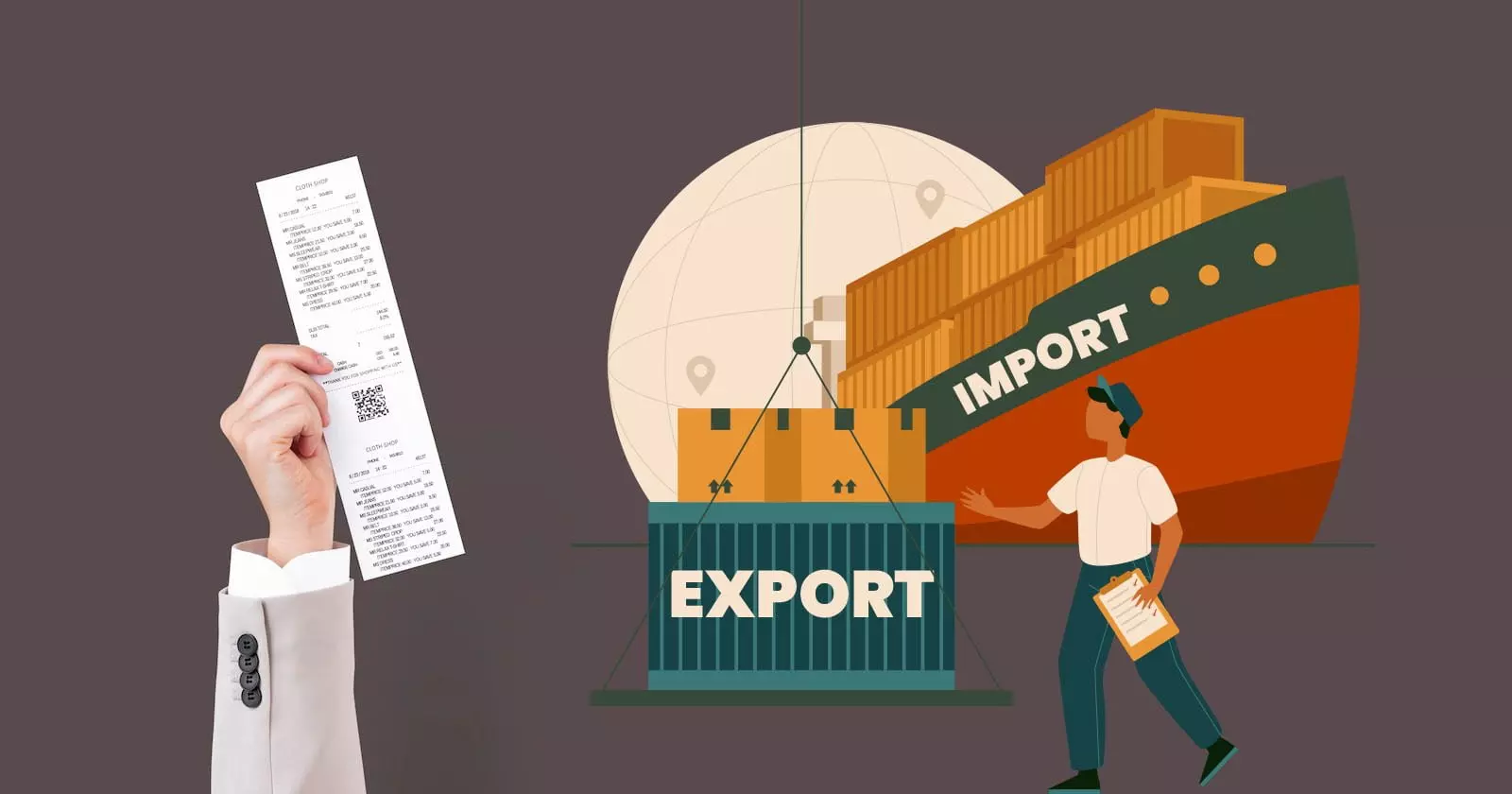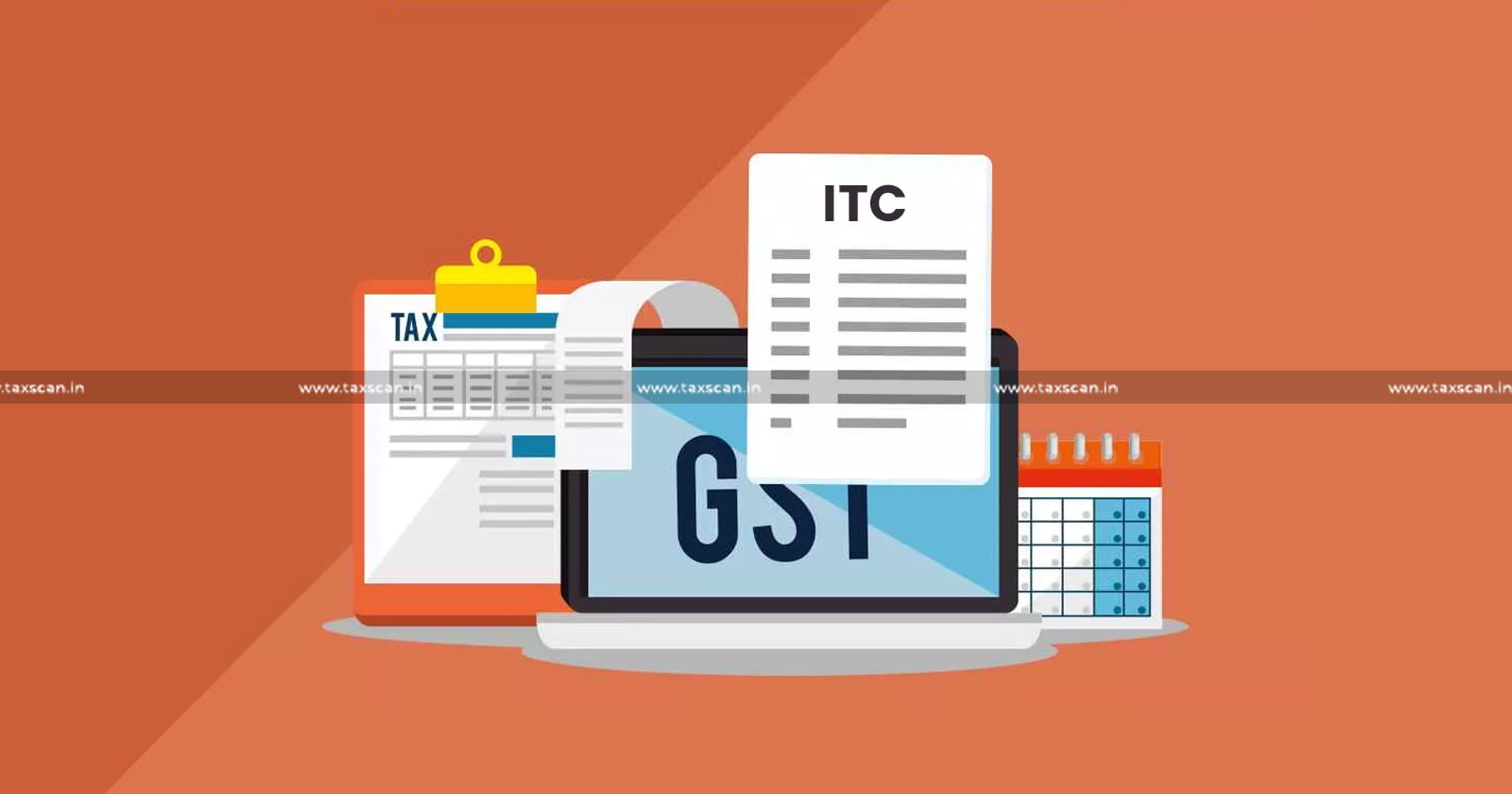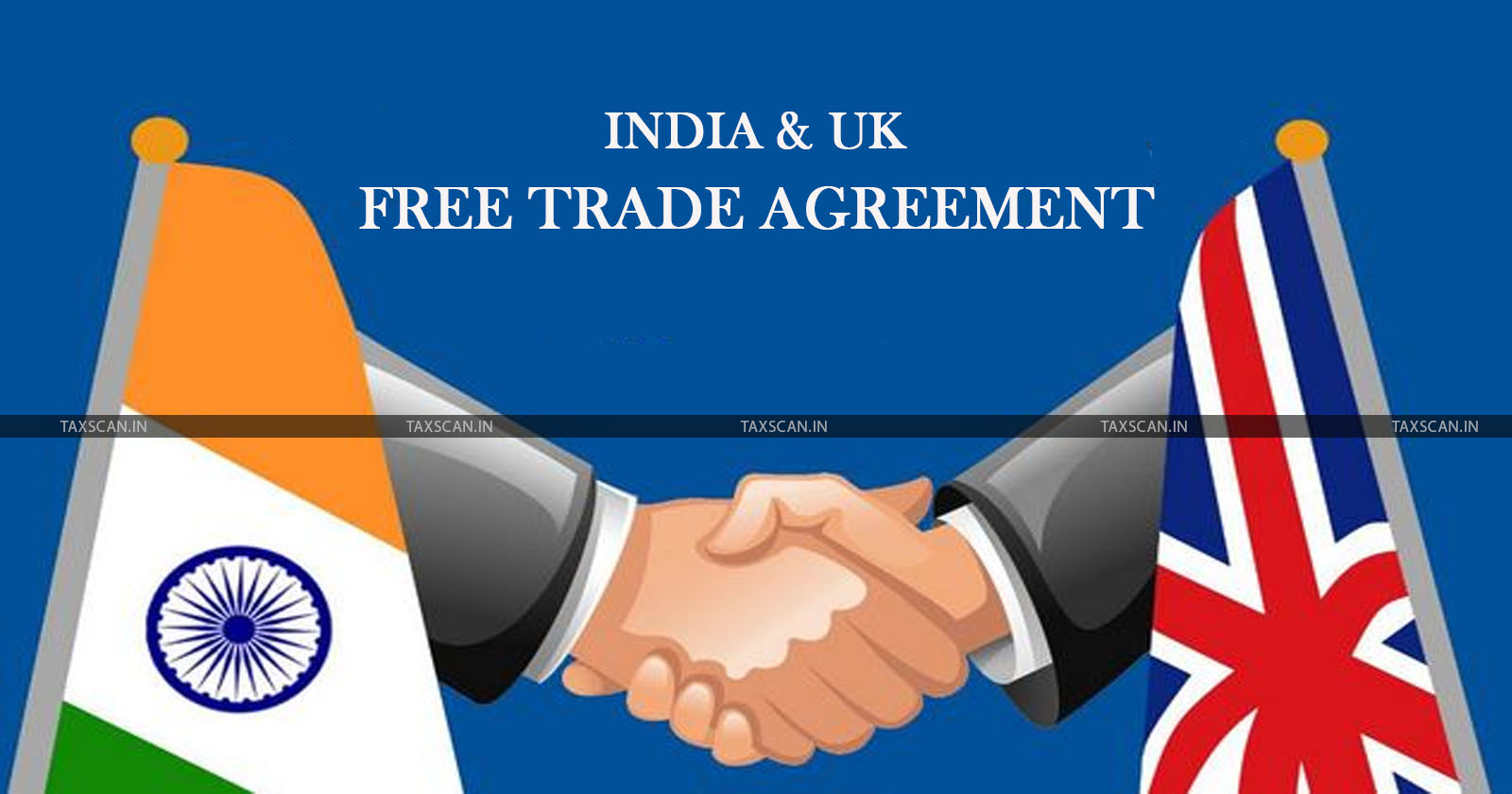Thailand-Cambodia Clash: Will India’s Exports and Imports Be Disrupted?
India’s exports and imports remain unaffected by the Thailand–Cambodia border clash, but rising regional instability poses potential long-term risks to trade and connectivity

As the armed conflict between Thailand and Cambodia escalates along their disputed border, countries across the region are closely monitoring its ripple effects. For India, which shares growing trade relationships with both nations, the key question is whether this border dispute will disrupt its export and import operations. The short-term risks appear to be limited, but the broader regional consequences could be more serious if the situation worsens.
Roots of the Conflict
The latest violence erupted on July 23, 2025, when a landmine explosion injured several Thai soldiers in a disputed area near the historic Prasat Ta Muen Thom temple complex. This triggered exchanges of gunfire, artillery, and rocket fire between the two countries. As of July 25, at least 32 people have died, and over 130,000 have been displaced.
 Also Read:GST ITC Block Dispute: Orissa HC Says Writ Not Maintainable Amid Pending Departmental Action [Read Order]
Also Read:GST ITC Block Dispute: Orissa HC Says Writ Not Maintainable Amid Pending Departmental Action [Read Order]
Both Thailand and Cambodia blame each other for initiating the conflict. The United Nations Security Council convened an emergency session urging both nations to de-escalate the violence, but tensions remain high. Thailand has gone so far as to warn of the possibility of a full-scale war.
Your Trusted Guide to the Income-tax Act, Updated for 2025 - Click here
The current hostilities have roots in unresolved colonial-era border demarcation issues. Past clashes between the two countries occurred between 2008 and 2011, often resulting in temporary border closures, but those earlier conflicts had a limited impact on India due to the nature of its trade routes with both nations.
India’s Strategic and Diplomatic Response
India has adopted a neutral stance, in line with its non-aligned foreign policy principles. The Indian government has not issued any statement about trade impacts, and no trade restrictions have been imposed. Instead, the embassies in both Thailand and Cambodia have focused on citizen safety, issuing travel advisories on July 25 and 26, urging Indian nationals to avoid border areas. These advisories did not reference trade concerns, further implying the government's belief that there is no immediate risk to commercial interests.
India’s Trade with Thailand and Cambodia
India maintains strong trade with Thailand and a more modest but growing trade relationship with Cambodia. In the fiscal year 2023, India exported around 5.06 billion US dollars worth of goods to Thailand and imported about 10.98 billion dollars, creating a trade deficit of nearly 6 billion dollars.
Thailand is India’s fourth-largest trading partner within the ASEAN region. Key Indian exports include machinery, vehicles, organic chemicals, and precious stones, while imports consist of electronics, plastics, and mechanical components.
 Also Read:GST Tribunal Yet to Become Functional: Chhattisgarh HC Lets GTL Infrastructure Wait to File Statutory Appeal [Read Order]
Also Read:GST Tribunal Yet to Become Functional: Chhattisgarh HC Lets GTL Infrastructure Wait to File Statutory Appeal [Read Order]
Cambodia, although a smaller player, has gained importance under the ASEAN-India Trade in Goods Agreement (AITIGA), which has been in effect since 2010. In 2023, India exported approximately 192.64 million dollars worth of goods to Cambodia, primarily consisting of pharmaceuticals, motor vehicles, and meat products. Imports from Cambodia are limited but include textiles, electrical equipment, and chemicals.
According to 2024 data, Thailand accounted for 16.55 billion dollars in bilateral trade with India, while Cambodia contributed only 404 million dollars. Thailand was India's 25th largest export destination and 18th largest import source. Cambodia represented just 0.049 percent of India’s total trade, making any direct impact from disruptions negligible in statistical terms.
Why Immediate Trade Disruptions Are Unlikely
The structure of India’s trade with Thailand and Cambodia provides significant protection against immediate disruptions. Almost all trade with both countries takes place through maritime routes. Major Indian ports such as Chennai and Kolkata connect to Southeast Asian ports across the Bay of Bengal and Andaman Sea.
The ongoing fighting is concentrated along the inland border areas and has not affected the coastal trade infrastructure. A report by Bloomberg on July 25 confirmed that the fighting poses limited risk to business operations, as it is far removed from Thailand’s primary ports and commercial hubs like Bangkok and Phuket.
So, shipping lanes remain unaffected, and Indian exports and imports continue without interruption.
Indirect Risks: Supply Chains and Regional Stability
Direct trade disruption is not a concern, but the situation could indirectly affect India’s commercial interests through regional instability and supply chain interruptions. One of the immediate consequences of the conflict has been the complete shutdown of all seven border crossings between Thailand and Cambodia. These crossings form part of the Southern Economic Corridor, a key route in the Greater Mekong Subregion that facilitates intra-ASEAN trade.
The closure has stopped the border trade worth 1.2 to 1.5 billion dollars annually and disrupted cross-border logistics that Indian businesses with Southeast Asian operations rely upon. Industries in electronics, automotive, and pharmaceuticals that depend on just-in-time delivery models are facing increased shipping costs and delays. Rerouting through Laos, Vietnam, and Singapore has raised operational costs by 30 to 40 percent for many firms.
The Aranyaprathet Poipet crossing, one of the most important gateways, is now functioning at only 60 percent of its normal capacity.
Trade Diversification and Regional Alternatives
In response to regional risks, India is accelerating its efforts to diversify trade routes. Singapore, already India’s largest ASEAN trading partner with 35.61 billion dollars in trade, offers a dependable alternative. The India-Singapore Comprehensive Economic Cooperation Agreement provides an institutional framework for expanding trade during uncertain times.
Malaysia, particularly through the SIJORI Growth Triangle (Singapore Johor Riau), also presents logistics solutions. Vietnam, with its rapidly growing economy and industrial capacity, is emerging as a key partner for Indian companies seeking to shift away from the Thailand-Cambodia corridor.
Conclusion
India’s trade with Thailand and Cambodia is continuing without significant disruption. For now, India’s strategic neutrality, diversified trade routes, and focus on maritime logistics offer a strong buffer. But the situation warrants careful monitoring, especially for businesses with regional operations or long-term investments in ASEAN infrastructure.
Support our journalism by subscribing to Taxscan premium. Follow us on Telegram for quick updates



